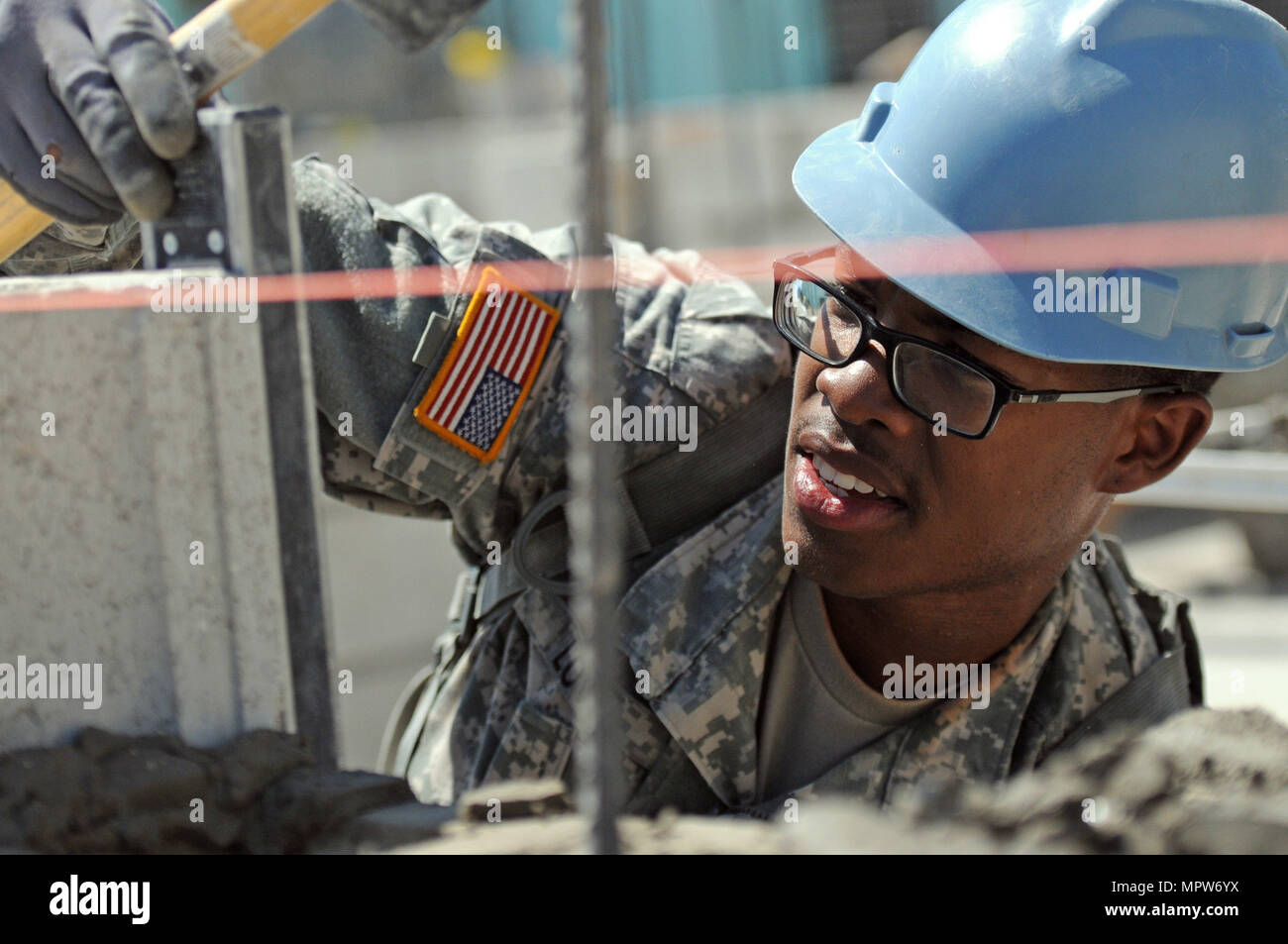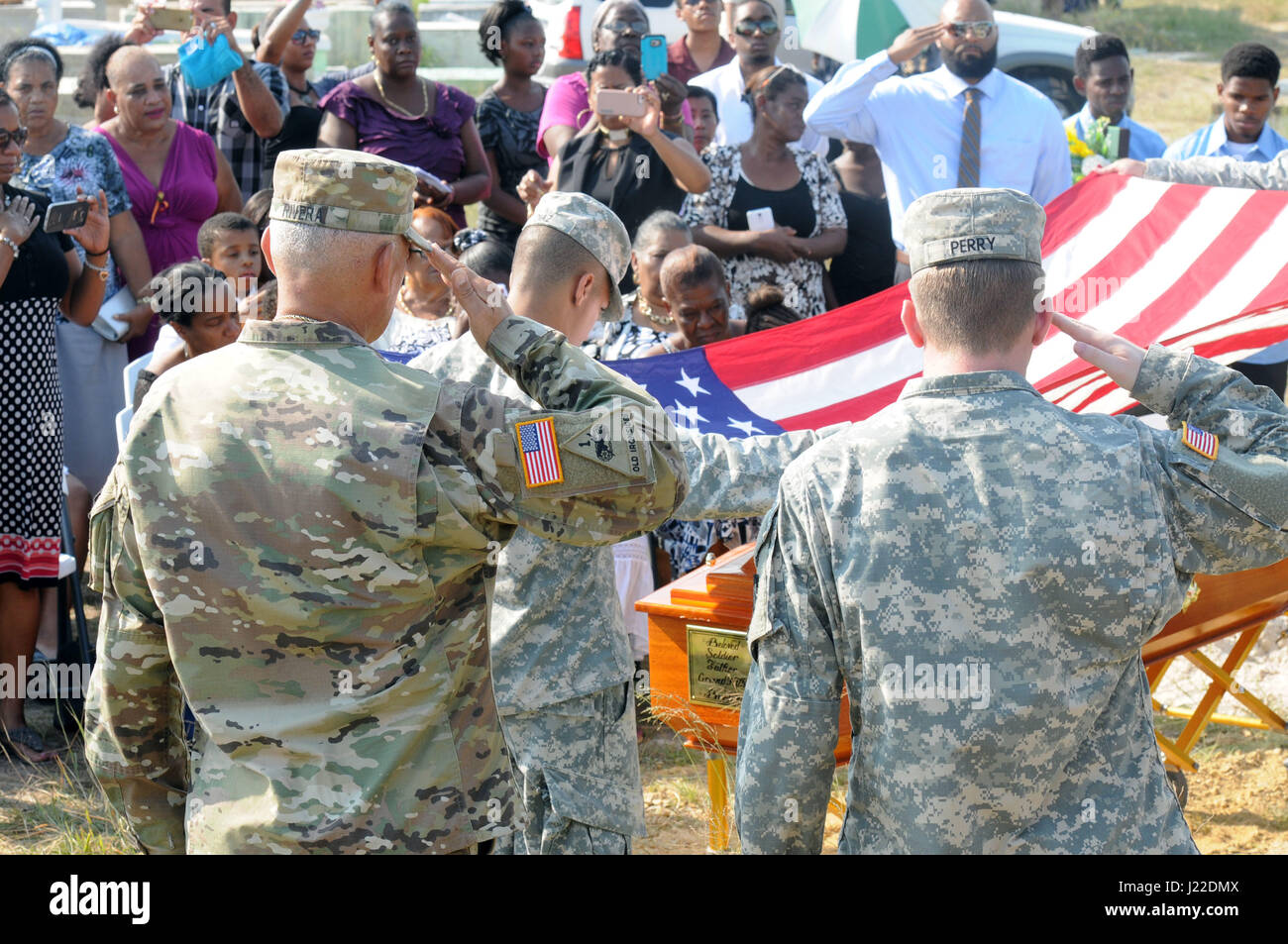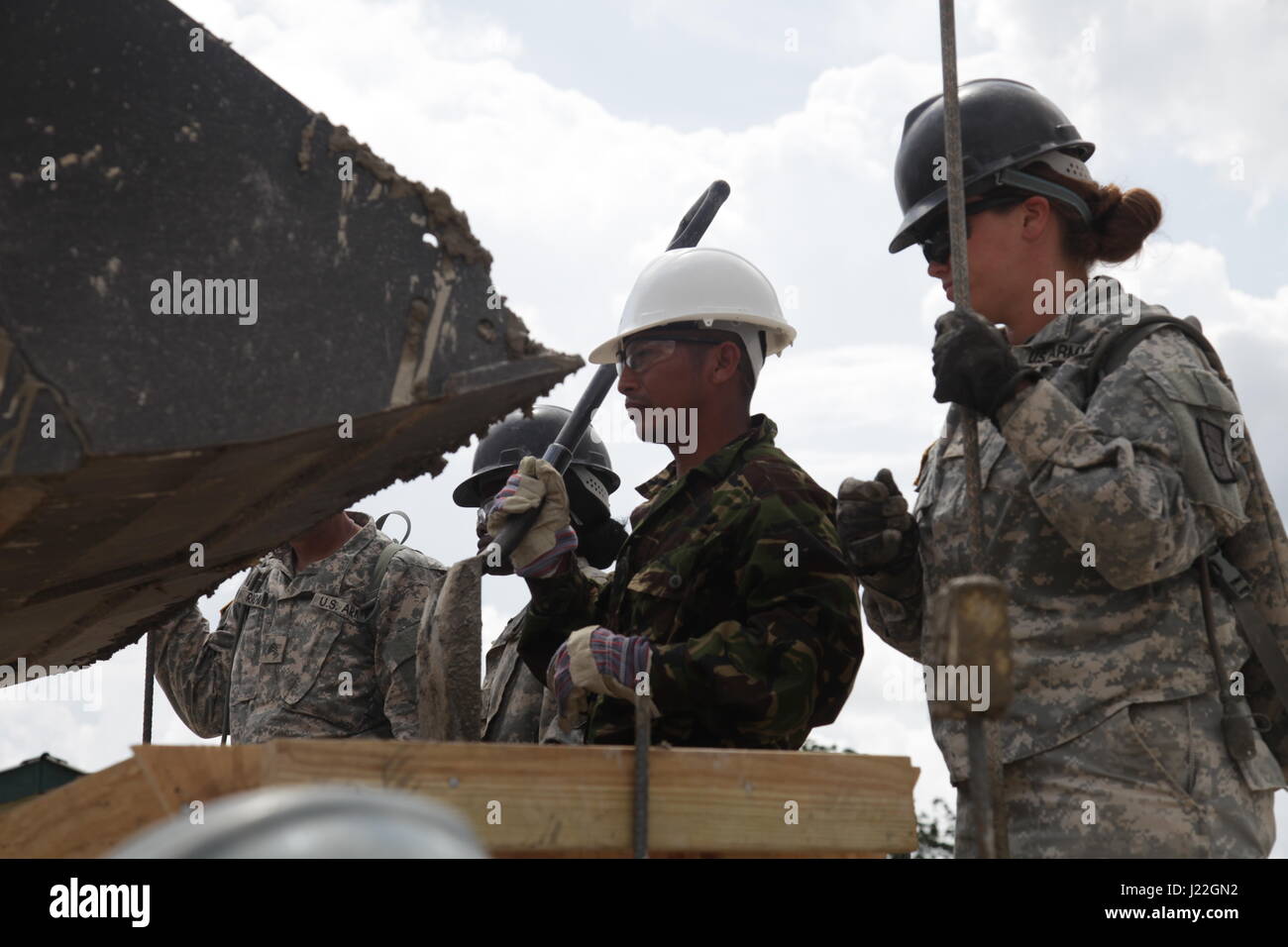


OTH systems are thus very expensive to build, and essentially immobile. Making a beam at this angle generally requires enormous antenna arrays and highly reflective ground along the path the signal is being sent, often enhanced by the installation of wire mesh mats extending as much as 3 kilometres (1.9 mi) in front of the antenna. Īnother problem is that the refraction process is highly dependent on the angle between the signal and the ionosphere, and is generally limited to about 2–4 degrees off the local horizon. Even a 2 km accuracy is useful only for early warning, not for weapons fire. Due to the physics of the refraction process, actual accuracy is even lower, with range resolution on the order of 20 to 40 kilometres (12–25 mi) and bearing accuracy of 2 to 4 kilometres (1.2–2.5 mi) being suggested. To produce a 1-degree beam at the most common frequencies, an antenna 1.5 kilometres (0.93 mi) wide is required. For example a radar with 1 degree beam width and a target at 120 km (75 mi) range will show the target as 2 km (1.2 mi) wide.

The resolution of any radar depends on the width of the beam and the range to the target. For these reasons, systems using skywaves typically employ real-time monitoring of the reception of backscattered signals to continuously adjust the frequency of the transmitted signal. The best frequency to use depends on the current conditions of the atmosphere and the sunspot cycle. Only one range of frequencies regularly exhibits this behaviour: the high frequency (HF) or shortwave part of the spectrum from 3–30 MHz. A small amount of this signal will be scattered off desired targets back towards the sky, refracted off the ionosphere again, and return to the receiving antenna by the same path.

Given certain conditions in the atmosphere, radio signals transmitted at an angle into the sky will be refracted towards the ground by the ionosphere, allowing them to return to earth beyond the horizon. The most common type of OTH radar uses skywave or "skip" propagation, in which shortwave radio waves are refracted off an ionized layer in the atmosphere, the ionosphere. Navy Relocatable Over-the-Horizon Radar station
HOW MANY SOLDIERS IN BEYOND THE HORIZON 2017 SERIES
They can scan a series of high frequencies using a chirp transmitter. These systems achieve detection ranges of the order of a hundred kilometres from small, conventional radar installations. Two techniques are most commonly used shortwave systems that refract their signals off the ionosphere for very long-range detection, and surface wave systems, which use low frequency radio waves that, due to diffraction, follow the curvature of the Earth to reach beyond the horizon. OTH radars use various techniques to see beyond that limit. Siting the antenna on a high mountain can increase the range somewhat but, in general, it is impractical to build radar systems with line-of-sight ranges beyond a few hundred kilometres. If the target is above the surface, this range will be increased accordingly, so a target 10 m (33 ft) high can be detected by the same radar at 26 km (16 mi). For example, a radar mounted on top of a 10 m (33 ft) mast has a range to the horizon of about 13 kilometres (8.1 mi), taking into account atmospheric refraction effects. This generally limits the detection range of radar systems to objects on their horizon (generally referred to as "line of sight" since the aircraft must be at least theoretically visible to a person at the location and elevation of the radar transmitter) due to the curvature of the Earth. The frequency of radio waves used by most radars, in the form of microwaves, travel in straight lines. OTH radars have recently been making a comeback, as the need for accurate long-range tracking becomes less important with the ending of the Cold War, and less-expensive ground-based radars are once again being considered for roles such as maritime reconnaissance and drug enforcement. Several OTH radar systems were deployed starting in the 1950s and 1960s as part of early warning radar systems, but these have generally been replaced by airborne early warning systems. Over-the-horizon radar ( OTH), sometimes called beyond the horizon ( BTH), is a type of radar system with the ability to detect targets at very long ranges, typically hundreds to thousands of kilometres, beyond the radar horizon, which is the distance limit for ordinary radar. How a skywave OTH radar works: A powerful shortwave signal from a large transmitting antenna (left) reaches a target beyond the horizon by refracting off the ionosphere, and the echo signal from the target (right) returns to the receiving antenna by the same route.


 0 kommentar(er)
0 kommentar(er)
